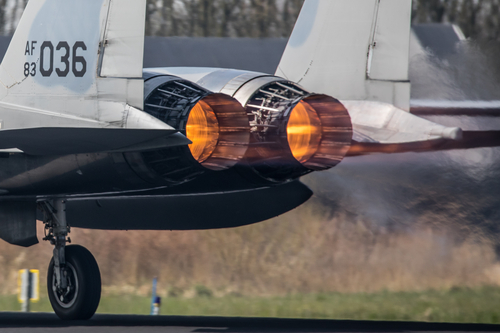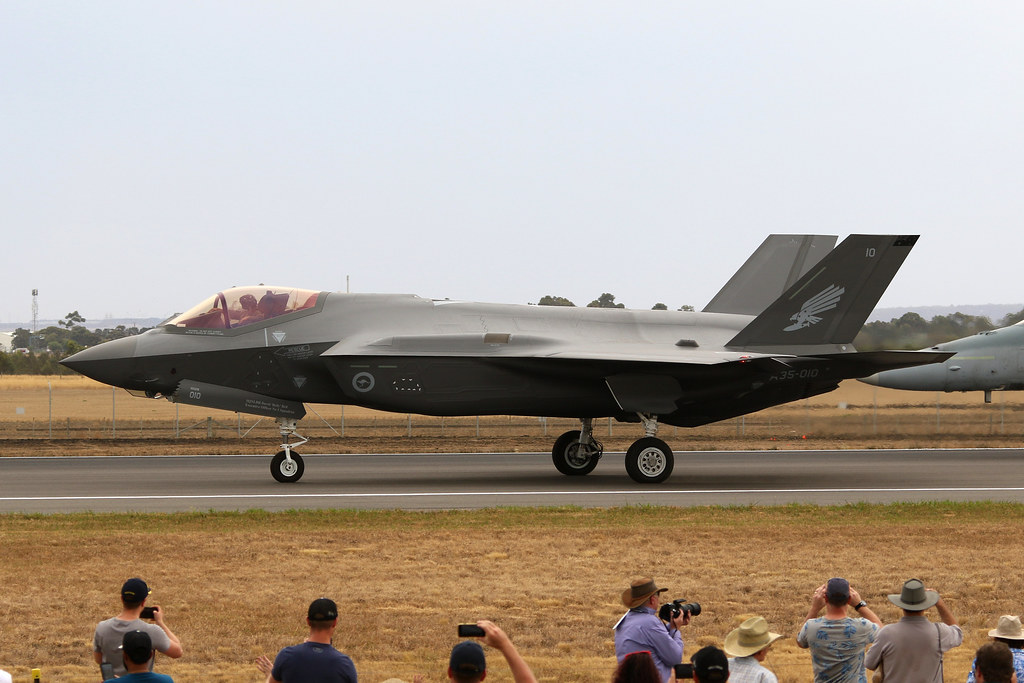
In the annals of military aviation history, few aircraft have earned a reputation quite as formidable as the F-15 Eagle.

This twin-engine, all-weather fighter, has marked its place in the skies with an undefeated combat record—a testament to its ingenuity and the tactical acumen of its operators.

Originally designed as an air superiority fighter for the U.S. Air Force, the F-15 Eagle demonstrated its combat effectiveness when utilized by the IAF.

The Israeli Air Force (IAF) has showcased the F-15’s prowess, claiming the majority of the Eagle’s over 100 aerial victories.

The dawn of the F-15 Eagle’s storied combat history dates back to June 27, 1979, a day that would cement the fighter’s fearsome legacy.

It was on this date that IAF ace Moshe Melnik, an already accomplished pilot, soared into the annals of aerial warfare by achieving the Eagle’s first-ever kill.

Engaged in a mission to strike against the Palestine Liberation Organization, a formation of Israeli F-15s, known affectionately as Baz (Hebrew for Falcon), was tasked with providing cover.

Their presence quickly drew the attention of Syrian Air Force MiG-21 interceptors.

Cleared to engage the enemy aircraft, Melnik and his fellow pilots did not hesitate.

Within the first half-minute of the dogfight, Melnik selected his Python 3 missile, an Israeli-made infrared-guided weapon, and launched it at a Syrian MiG-21.

The impact was devastating, effectively cleaving the Soviet-made aircraft in half and marking the F-15’s entry into the realm of aerial combat with a resounding victory.

Melnik’s remarkable achievement, however, did not solely define the day’s success.

Another IAF pilot, Eitan Ben-Eliyahu, would also etch his name into military history.

Ben-Eliyahu, piloting his own F-15, engaged another Syrian fighter with the M61 Vulcan Gatling Gun—claiming the F-15’s first gun kill.

Throughout a series of raids against Palestinian factions in Lebanon from 1979 to 1981, the F-15s under the command of the Israeli Air Force continued to assert their superiority, downing a slew of Syrian MiG-21s and at least two MiG-25s.
Relevant articles:
– How the F-15 Fighter First Went to War (And Not For America), The National Interest
